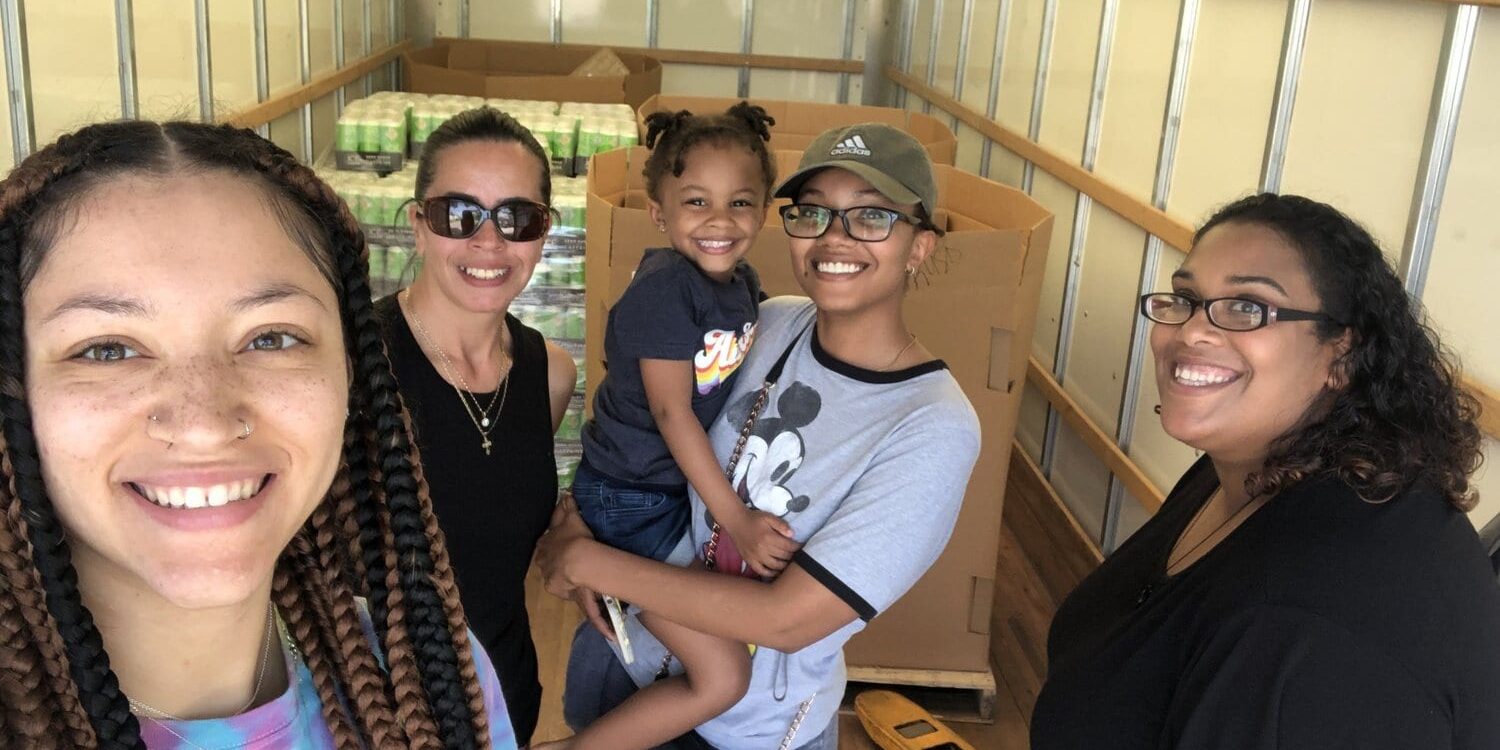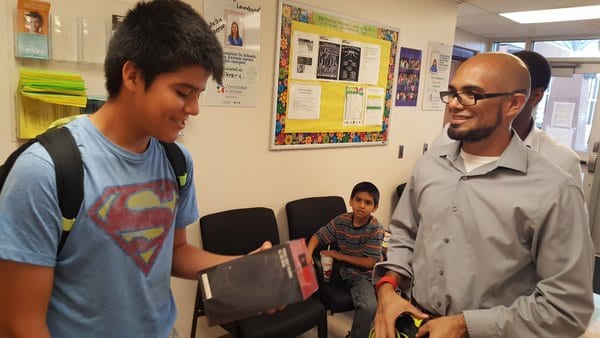To change the systems that serve youth and families, we can’t rely on one organization. True systems transformation requires collaboration from all aspects of the community — health, education, housing, public safety and more. When these sectors build partnerships around shared goals and accountability, powerful local change is possible.
The three stories below show how communities across the StriveTogether Cradle to Career Network are creating partnerships in these adjacent sectors. From housing to the justice system to health care, network members are changing the way communities work together to create lasting change for youth and families of color and those living in low-income households.
Housing: Higher Expectations for Racine County
In Wisconsin, Higher Expectations for Racine County was grappling with challenges faced by students across the community, including school attendance and student mobility. At first, these issues may seem unrelated to housing, but as the Higher Expectations team began to find connections they realized they needed to get creative in their problem-solving approach. Here are two of their key insights:
- Do your research on local government partnerships to determine who has the authority related to the housing issue you’re working on. Investigate what kind of flexibility they have in implementing new solutions and how you can bring them to the table and get buy-in. Higher Expectations learned that municipalities often have more flexibility than federal housing departments, whose funding and operations can present barriers to innovative solutions.
- Consider innovative approaches to using data. Higher Expectations took a wider view of the community’s educational data, urging partners to think more broadly about how to align resources and efforts. Housing inspections offered one opportunity to use data in creating a targeted strategy. Partner organizations overlayed housing inspection zones with community school neighborhoods and prioritized inspections in the schools’ footprints. This prioritization would improve living conditions and housing code compliance, supporting families to stay in their homes.
Read more from Racine County >>
Justice system: UP Partnership
Before 2018, youth violating San Antonio’s curfew ordinance could receive misdemeanor tickets that required them to report to municipal court, rather than juvenile court. There, they could face fines of up to $500 and the possibility of a criminal record without guaranteed legal representation.
When the city revisited the youth curfew ordinance in 2018, My Brother’s Keeper San Antonio — a network of UP Partnership in San Antonio, Texas — presented data to the city council demonstrating the ordinance’s disproportionate impact on young people of color. They also shared research that links early involvement in the juvenile justice system and future incarceration.
My Brother’s Keeper San Antonio and UP Partnership’s campaign for change was a success, and in 2018, San Antonio decriminalized curfew violations. Additionally, young people are now connected to re-engagement centers, which are working to reengage the 34,000 young people between ages 16 and 24 who are disconnected from school or work, a group UP Partnership calls Opportunity Youth.
San Antonio’s county justice system now has data-sharing agreements with several local school districts, connecting two systems that previously didn’t interact. UP Partnership matches quarterly county data with school district data to determine which students need more support. UP Partnership’s current strategy integrates restorative justice practices through the Rethinking Discipline Community of Practice pilot program.
Health care: Bridgeport Prospers
Equity gaps in care during pregnancy and early childhood are tied to equity gaps later in childhood. In Connecticut, Bridgeport Prospers examined data around these disparities and worked with the community to develop solutions.
Bridgeport Prospers co-designed the Bridgeport Baby Bundle program with the community to examine maternal health disparities through the eyes of Black women and women of color, working closely with doulas who live and work in Bridgeport. The team connected data with real stories and lived experiences around systemic racism and clinical bias. They also co-designed solutions with the medical community with the goal of institutionalizing the relationship between the strong doula community in Bridgeport with the OB/GYN and hospital clinical providers in their community and establishing a family-centric model of care.
Launching this work with a grant from March of Dimes, Bridgeport Prospers is working with doulas and alongside the community to raise awareness around the importance of doulas to reduce maternal health disparities, co-create educational materials and educational events with OB/GYN and hospital clinical staff, increase access to doula services and more.
As the Cradle to Career Network continues to make progress toward systems transformation, one thing is clear: adjacent sector engagement is critical in improving outcomes for children and families.







